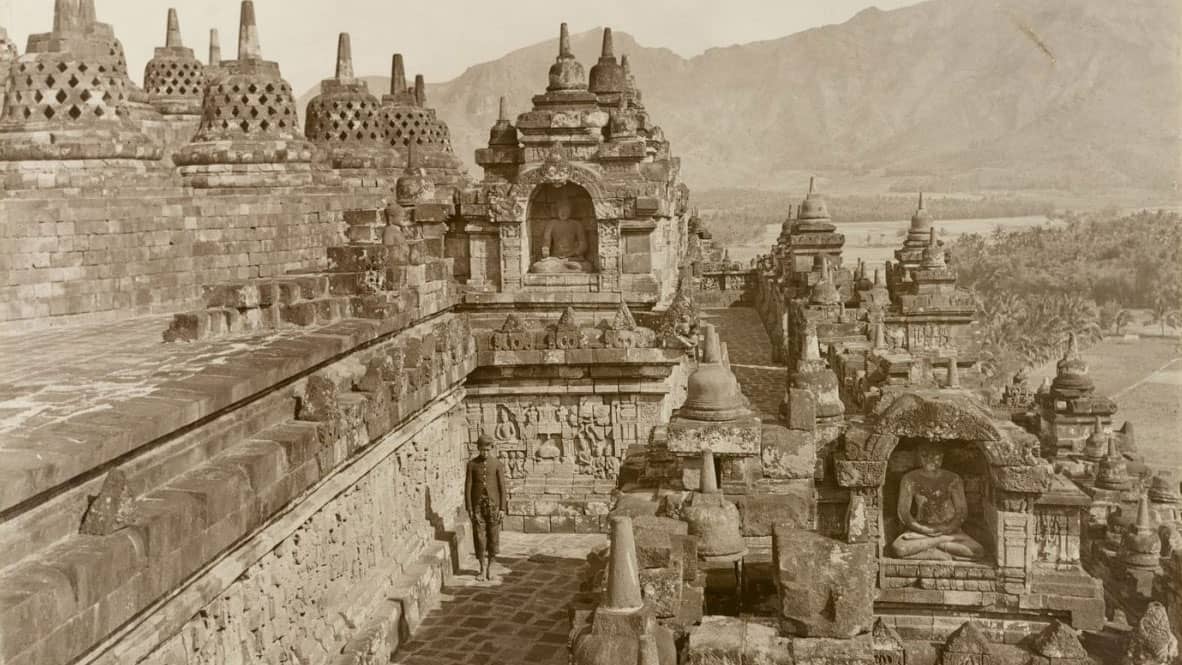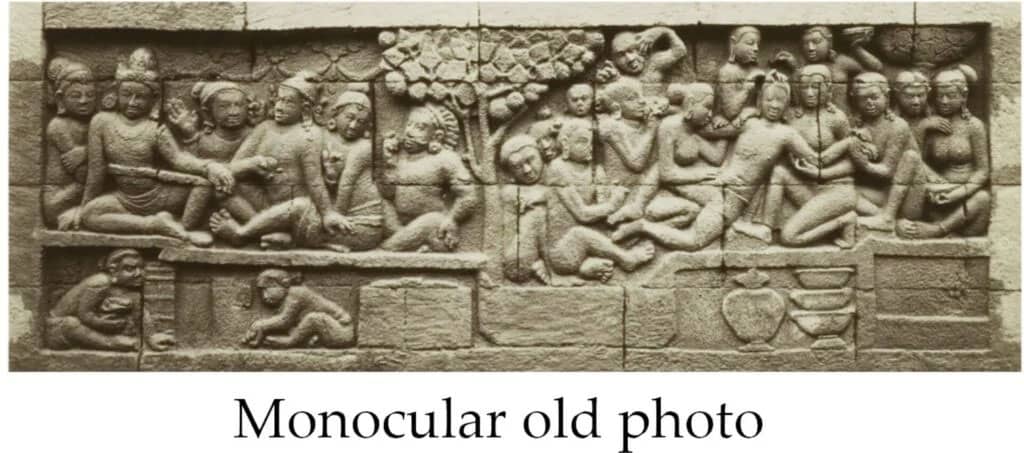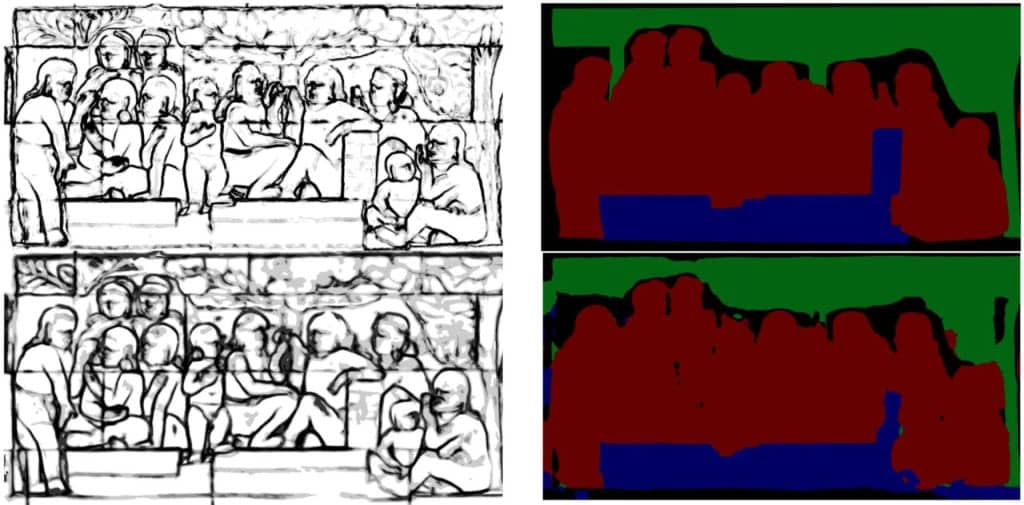How 3D Scanning Recreated a Lost Temple Relief from a Single Photo

Cultural heritage preservation has taken a significant leap forward as researchers successfully recreated a hidden temple relief from the Borobudur Temple in Indonesia using AI. This breakthrough highlights the power of technology in reviving historical artifacts, but it also raises the question: how can laser 3D scanning enhance such restoration efforts? At SCANM2, we provide cutting-edge solutions that complement AI in preserving and restoring cultural and architectural treasures.

From 2D to 3D: Reviving Lost Masterpieces
A research team led by Professor Satoshi Tanaka used a neural network to create a 3D model of a hidden temple relief from a single black-and-white photo. This groundbreaking technology not only restored the original relief’s details but also enabled virtual exploration through VR. The team’s approach combined depth estimation and advanced edge-mapping to create an accurate reconstruction of the relief, which had been lost beneath reinforcement walls for over a century.

While AI excels at reconstructing lost details from historical artifacts, technologies like laser 3D scanning provide a complementary solution by documenting the current state of cultural heritage with unparalleled precision.
The Role of Laser 3D Scanning in Preservation
At SCANM2, we specialize in laser 3D scanning to capture the present reality of architectural and cultural heritage sites. Using laser technology, we can:
- Document delicate artifacts and structures: Perfect for sites or objects too fragile for traditional methods.
- Create detailed 3D models and point clouds: These serve as a foundation for digital restoration or virtual exhibits.
- Enhance restoration accuracy: When combined with AI or photogrammetry, laser 3D scanning ensures that reconstructed models remain true to the original.
Unlike AI reconstruction, which relies on photos and interpretations of lost details, 3D scanning captures precise measurements of existing artifacts. Together, these methods can provide both a glimpse of the past and a record of the present.
Combining Technologies for a Comprehensive Approach
In cases like Borobudur’s hidden reliefs, laser 3D scanning could play a pivotal role by documenting the surrounding panels or artifacts in their current state. This data would enhance the AI’s ability to reconstruct missing details, ensuring the digital restoration is as accurate as possible. Moreover, integrating laser scanning with virtual reality allows immersive exploration of cultural sites, bridging the gap between historical preservation and modern technology.

Real-World Applications Beyond Cultural Heritage
While SCANM2’s expertise extends to cultural preservation, the same principles apply to a range of industries:
- Architectural restoration: Documenting historical buildings before renovations.
- Industrial applications: Mapping factories, refineries, or power plants for efficient upgrades.
- Disaster recovery: Assessing and reconstructing damaged properties after earthquakes, fires, or floods.
The Future of Preservation: A Shared Mission
The story of Borobudur Temple showcases how innovation in AI and 3D modeling can preserve treasures once thought lost. At SCANM2, we share this mission by offering technologies that capture, preserve, and bring history to life. Combining laser 3D scanning with advancements in AI, we can contribute to safeguarding global heritage for future generations.
Whether it’s a 9th-century temple in Indonesia or a historical landmark in your city, SCANM2’s laser 3D scanning services ensure that today’s cultural and architectural treasures remain part of tomorrow’s stories.


